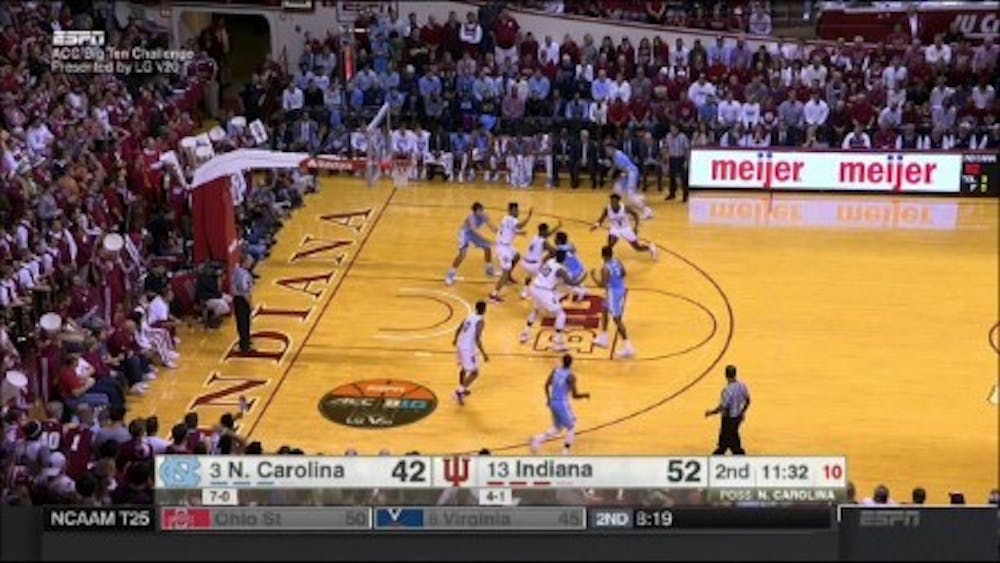This is our first men's basketball installment of Film Review, where we break down a particular aspect of the action to help you better understand what's happening on the court. Here's where to find our previous pieces from the football season.
After the North Carolina men's basketball team lost to Georgia Tech on Saturday and beat Clemson on Wednesday, the No. 14 Tar Heels sit with a 1-1 record in conference play and a 13-3 record overall.
Despite how fans may be feeling after a bad loss and a close win, the Tar Heels are not in crisis mode. In fact, they are far from it. Even if you are willing to concede that the loss against Georgia Tech (ranked No. 141 in the KenPom ratings) was a bad loss, you must then agree that a win on the road against Clemson (ranked No. 23 in KenPom) was a good win.
Maybe it’s how North Carolina has been playing the last two times out that is the source of turmoil within the fan base. UNC did not play or shoot well against Georgia Tech, and the Tar Heels shot and played only a little better against Clemson. What's frustrating are the turnovers: 20 cough-ups against Georgia Tech and 18 more against Clemson.
North Carolina’s turnover percentage (turnovers/possessions) now sits at 18 percent on the season, per kenpom.com. The NCAA average is a tick higher, at 19 percent. As frustrating as those turnovers are, they aren’t the primary concern for the Tar Heels.
When I went back and watched the tape of the Clemson game, I found the lack of ball movement and player movement to be far more concerning. I think those are the areas where the Tar Heels need to grow the most before getting into the meat of the conference schedule.
Ball movement, in plain terms, is just passing the ball. It can be measured in assists, and the past two games, UNC has been below its nonconference assist average of 18.6 per game — the Tar Heels had 13 assists against the Yellow Jackets and 17 against Clemson. But ball movement is also how the ball moves. Good ball movement is swinging the ball from one side of the court to the other, making the extra pass to a teammate to turn a good shot into a great shot and throwing good entry passes into the post.
North Carolina is lacking in its ball movement. UNC’s countless transition buckets and excellent offensive rebounding mask a lot of these deficiencies, but in the halfcourt, it often manifests itself in empty possessions.









